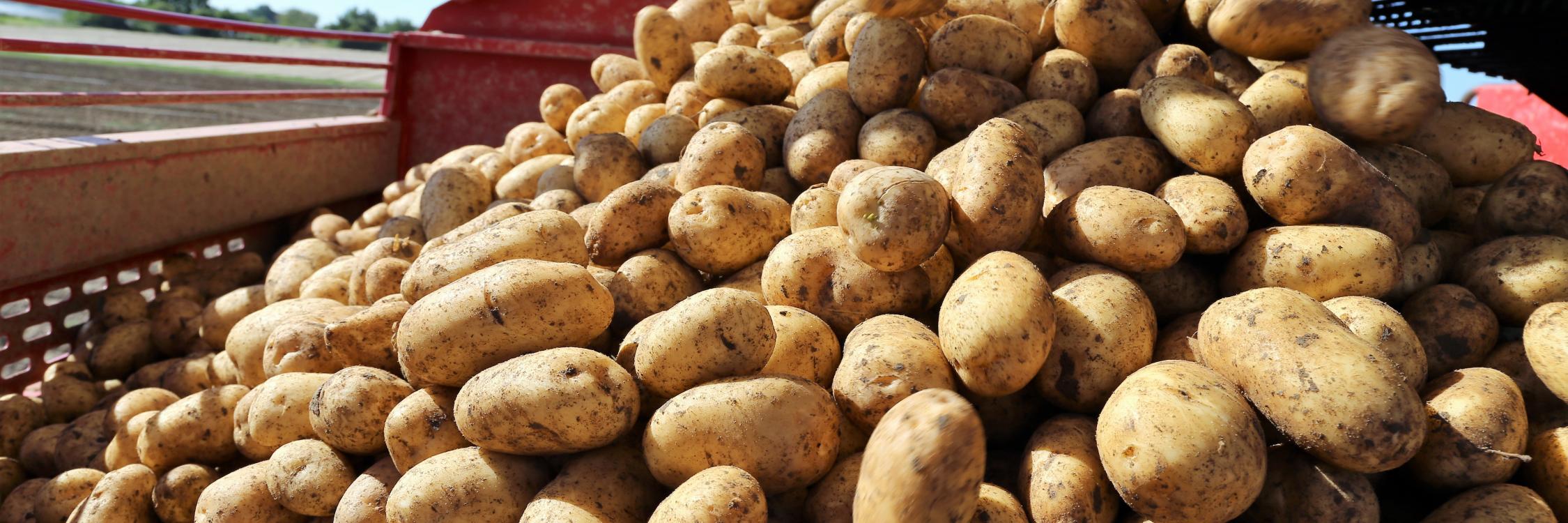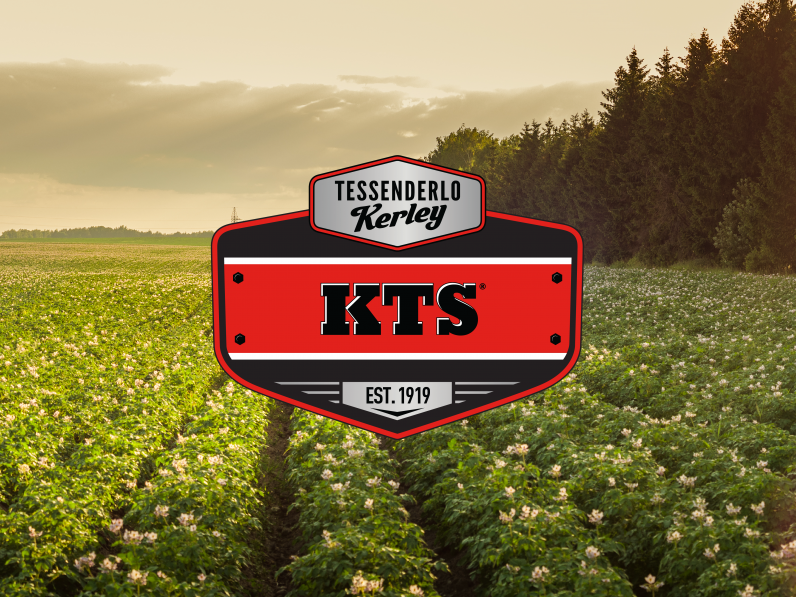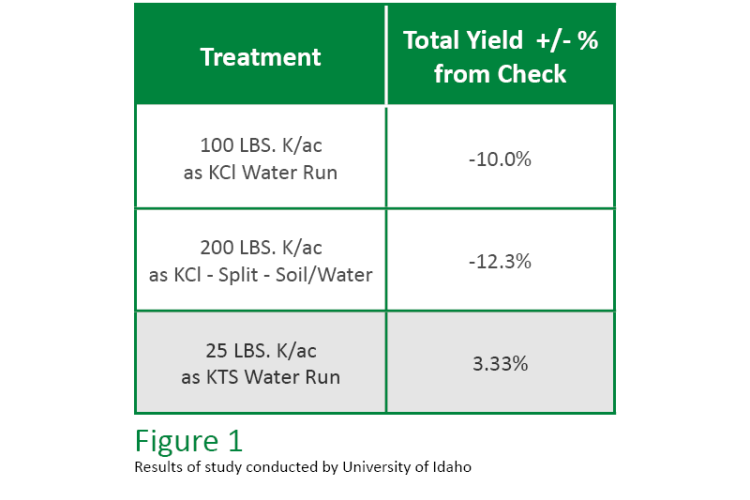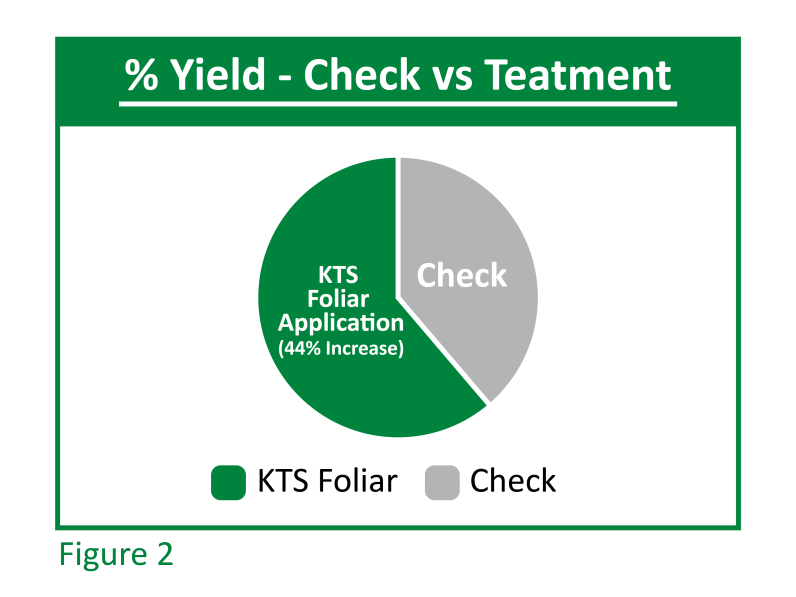
KTS - Your Potassium Source Matters, Let's Talk Potatoes

Does your fertility program call for in-season application of potassium?
Many growers throughout the country plan for summer applications of fertilizers, especially those with irrigation systems. Crop Vitality’s KTS (Potassium Thiosulfate) liquid fertilizer by Tessenderlo Kerley is a great fit for those who need to meet their potassium goals in-season.
For most crops the highest potassium use occurs during the highest vegetative growth period—mainly in mid-summer. By this point in the growing season most of the potassium in the pre-plant is utilized and to keep optimum yields an in-season application of potassium is needed

Don’t settle for just any source of potassium, especially when it comes to potatoes.
KTS not only delivers potassium where you need it, when you need it, it consistently outcompetes other traditional sources of potassium.
Figure 1 shows the results from at University of Idaho study completed on potatoes. The study looked at using in season potassium through two sources Potassium Chloride (KCl) and KTS. They found that when they used 25 pounds of potassium through KTS it delivered higher yields than using eight times as much potassium through KCl.
This may seem impossible, but the source of your potassium matters. KTS is in a bio-available form so your crops can utilize it quickly as there isn’t substantial lag time between application and plant availability.
Another factor is the anion that is bonded to the potassium. KTS is a combination of potassium and thiosulfate. Thiosulfate has many great properties for the soil. Simply put, it provides sulfur which is a macro nutrient needed for the uptake and use of nitrogen.
KCl is paired with chloride, which in most cropping systems is not beneficial for crop yields and in potatoes is linked to negatively affecting specific gravity. Chloride is also hard on the soil and the soil microbiome. This study proves an important point that the source material used for in-season fertility matters.

More benefits of KTS.
KTS has the ability to be utilized through a myriad of application types. Fertigation is the most common in-season application but KTS can be soil applied, water-run, or used as a foliar.
Figure 2 shows the results from a recent study completed with a Washington state potato producer. This producer added 2 quarts of KTS in with a fungicide spray that was already scheduled to happen weekly after the tubers reached 2” in diameter. The producer sprayed 6 times for a total of 3 GPA of KTS applied as a foliar over 6 weeks. The producer saw a 44% yield increase.
While the potassium wasn’t applied at high rates, it was the timing that really allowed the fertilizer to be extremely impactful. Crop Vitality's line of liquid fertilizers by Tessenderlo Kerley are known for being flexible to fit in with existing systems to deliver great results within the current farming and fertility plans.
Fertilize for your in-season potassium needs with KTS.
Written by Victoria Marsh, Agronomist
Contact a Specialist